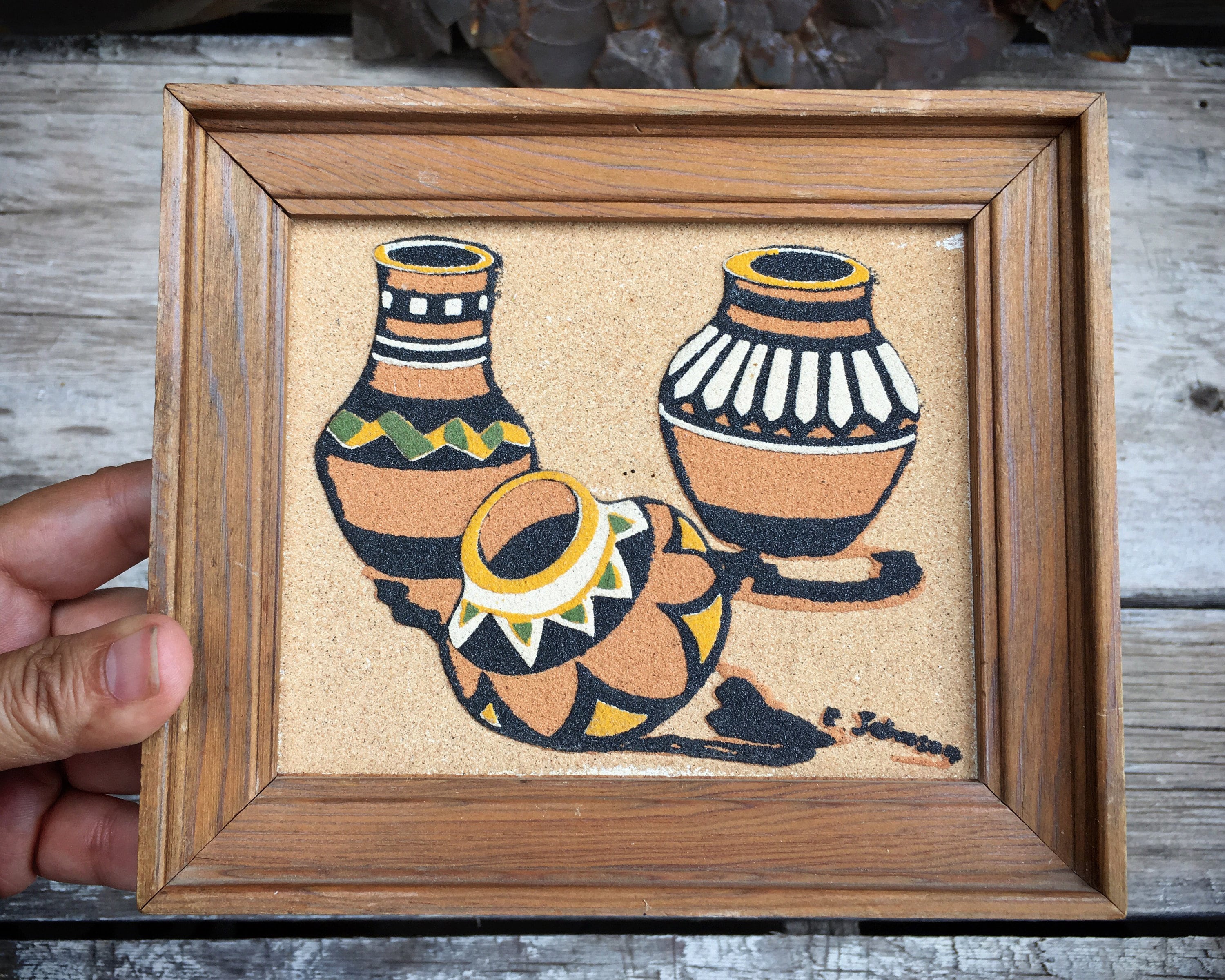
Once these 3 and 4 year olds learned the glue/sand technique, they were in the zone! It was very satisfying to squeeze the glue and then watch the sand easily stick on top. These kids needed more freedom to just explore the sand on the glue. I think that would work better for older kids. The first time we tried it doing a pencil design on the canvas first. We actually worked on these over two weeks. Great relaxing sensory experience for kids. The sand is fun to move around with a paint brush or your finger when you’re done creating. If you do it over a tray you can reuse any sand that didn’t stick. Knock the excess sand onto the table or tray. Squeeze some glue and then squeeze some sand on top. You can first color your canvas directly with chalk to make it really colorful or you can just go ahead and start squeezing glue out in different sections. You can do this step a few different ways. If you have a funnel, it makes things way easier. Pour the colored sand into a squeeze bottle. Flax and Twine has a beautiful tutorial that explains the process. You can also use salt for this part instead of sand if you want. If you have the squared kind you rub it around and around in the sand. If you have the round chalk, roll it back and forth over the sand. It was fun to watch the sand change colors before our eyes. The more you rub the chalk, the more vibrant your sand will be. Rub a chalk stick all over the sand and the pigment from the chalk will begin to rub off on the sand. Check it out.Ĭhalk, white sand, glue, squeeze bottles (which I use for all kinds of things – glue, paint, sand, mustard) paper or canvas (here’s a link to the black canvas like in the video) Step 1 Anyway, creating sand art is really fun because it can be a multi level sensory process that kids can explore over and over in all kinds of ways.

My name is Meri Cherry and I love process art. I watch kids as they create and I feel like all is right in the world. I love it in the way that some people love puppies or stamps or something like that.


 0 kommentar(er)
0 kommentar(er)
